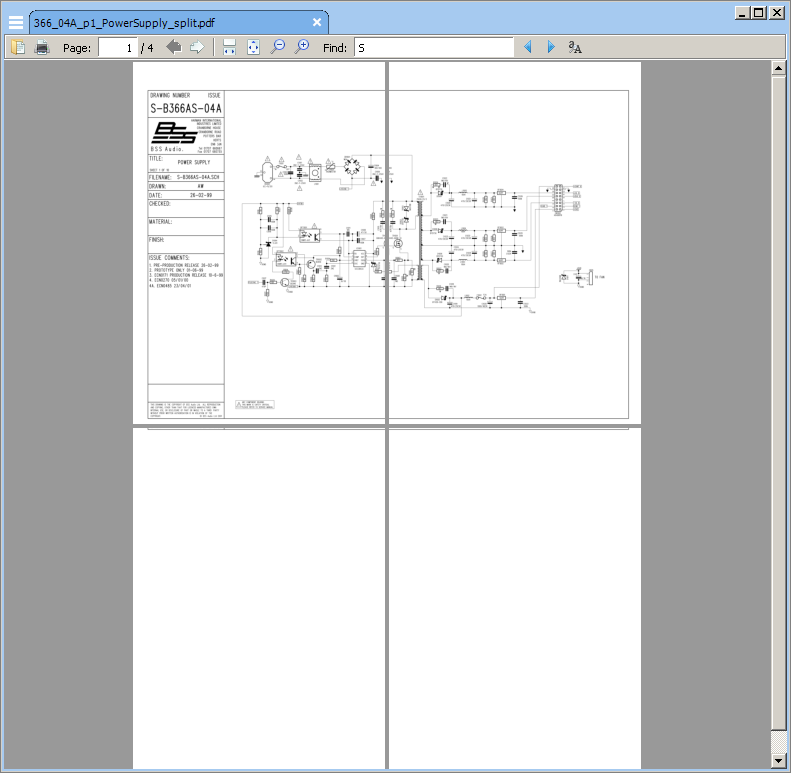
Kde4EnableBlurBehindWindow(winId(), true) Static bool kde4EnableBlurBehindWindow(WId window, bool enable, const QRegion ®ion = QRegion())Ītom atom = XInternAtom(dpy, "_KDE_NET_WM_BLUR_BEHIND_REGION", False) įor (int i = 0 i (nstData()), data.size()) Īnd then you can activate the blur on the caller widget with: Uses a feature done for Plasma 4.5+ for hinting the window manager to draw
#POSTERAZOR DEFAULT OVERLAP SIZE CODE#

Since I already had the structure for the blur-behind on windows in place, adding the KDE4 effect was really easy. So: why limiting this just to some plasma applets? Well, I think that the usage of this effect must be wise, however I wanted that for my app too… …’cause I like eye-candy! 😉Īfter a quick tour through the beautiful KDE svn I grabbed all the needed source code and loaded Fotowall in creator. does it make a difference! Look at Marco’s blog or at this picture I stole from him! All the popups become instantly more readable, even krunner does, and you immediately get the feeling that the plasma panel and all the systray applets really are above your desktop and they look as they were made of some glass/plastic material. so I rebuilt KDE4 svn, restarted it, and… boy. Then some days ago I read on notmart‘s blog that plasma and kwin supported blurring the background on windows. However you don’t improve the world until a technology becomes available to everybody, right? My Maestro and other illustriuos people already talked extensively about this topic here on planet KDE.
#POSTERAZOR DEFAULT OVERLAP SIZE HOW TO#
How to do that? Since every image you see on screen is ‘on focus’ by default, you can easily unfocus unuseful information.īlurring is the act of altering images so they appear out of focus.

Now the interesting part: this concept can be used in computers too, especially in user interfaces, to direct the user to relevant information or to help him through a step-by-step process. The ‘ focus‘ word has many meanings, ranging from the optical concept of ‘good convergence of light rays generated by an object’ to the cognitive process of directing the attention to a particular target while ignoring other targets.


 0 kommentar(er)
0 kommentar(er)
